#steven shearer
Explore tagged Tumblr posts
Text

Stairs, Steven Shearer, 2016
Ink, oil, and oil pastel in two parts 89 ¼ x 37 ¼ in. (226.7 x 94.6 cm)
107 notes
·
View notes
Text

Steven Shearer Gylve, 2010 Oil on xerox 8 1/2 x 11 in
18 notes
·
View notes
Text

Steven Shearer Profaned Travelers at David Zwirner
11 notes
·
View notes
Text

Steven Shearer at David Zwirner NYC
2 notes
·
View notes
Text



Steven Shearer, Night Train, 2009
2 notes
·
View notes
Text



Dead Ghosts Hippie Flippin' Album Design, 2024 Ink on cardstock, paper and vinyl 12 1/4 x 12 1/4" Gatefold artwork Steven Shearer, Toilet Stand Sleeve photo Kevin Romaniuk
1 note
·
View note
Text
youtube
#Animalympics#Billy Crystal#Gilda Radner#Harry Shearer#Steven Lisberger#Tron#NBC#1980#1980s#80s Movies#Animated#Animation#Eighties#Youtube
0 notes
Photo

Check out Steven Shearer, The Young Romantic (2024), From David Zwirner
2 notes
·
View notes
Text
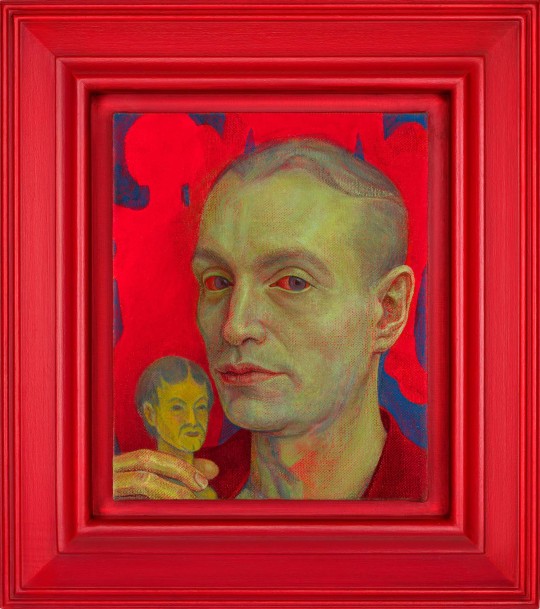
The Collector's Visit, Steven Shearer, 2019
Oil on linen over panel 19 ½ x 22 in. (49.5 x 55.9 cm)
49 notes
·
View notes
Text

Installation view, David Zwirner: 30 Years, David Zwirner, Los Angeles, 2024 From left: Steven Shearer The Underground Exhibitor, 2024 Oil on canvas, artist’s frame 67 5/8 x 49 ½ in Andra Ursuţa Predators 'R Us, 2022 Lead crystal 29 x 27 x 52 inches Noah Davis Untitled, 2015 Oil on canvas 72 x 96 inches
#David Zwirner: 30 Years#Installation view#Steven Shearer#stevenshearer#David Zwirner#Los Angeles#The Underground Exhibitor#Andra Ursuţa#Lead crystal#Noah Davis
7 notes
·
View notes
Text
THE 236 GREATEST PERSONALITIES IN THE ENTIRE KNOWN HISTORY/COLLECTIVE CONSCIOUSNESS OF THIS WORLD! (@INDIES)
ie. THE 236 GREATEST PERSONALITIES IN WORLD HISTORY! (@INDIES)
Rajesh Khanna
Lionel Messi
Leonardo Da Vinci
Online Indie
Muhammad Ali
Joan of Arc
William Shakespeare
Vincent Van Gogh
J. K. Rowling
David Lean
Nadia Comaneci
Diego Maradona
Wolfgang Amadeus Mozart
Meena Kumari
Julius Caesar
Harrison Ford
Ludwig Van Beethoven
William W. Cargill
Fritz Hoffmann-La Roche
Samuel Curtis Johnson
Sam Walton
John D. Rockefeller
Andrew Carnegie
Roy Thomson
Tim Berners-Lee
Marie Curie
James J. Hill
Cornelius Vanderbilt
Roman Polanski
Samuel Slater
J. P. Morgan
Cary Grant
Dmitri Mendeleev
John Harvard
Alain Delon
Ramakrishna Paramhansa (Official God)
The Lumiere Brothers, Auguste & Louis
Carl Friedrich Benz
Michelangelo
Maharishi Mahesh Yogi
Ramana Maharishi
Mark Twain
Swami Sri Yukteswar Giri
Bruce Lee
Bhagwan Krishna (Official God)
Charlemagne
Rene Descartes
John F. Kennedy
Bhagwan Ganesha (Official God)
Walt Disney
Albert Einstein
Nikola Tesla
Alfred Hitchcock
Pythagoras
William Randolph Hearst
Cosimo de’ Medici
Johann Sebastian Bach
Alec Guinness
Nostradamus
Christopher Plummer
Archimedes
Jackie Chan
Guru Dutt
Amma Karunamayi/ Mata Parvati (Official God)
Peter Sellers
Gerard Depardieu
Joseph Safra
Robert Morris
Sean Connery
Petr Kellner
Aristotle Onassis
Usain Bolt
Jack Welch
Alfredo di Stefano
Elizabeth Taylor
Michael Jordan
Paul Muni
Steven Spielberg
Louis Pasteur
Ingrid Bergman
Norma Shearer
Dr. B. R. Ambedkar
Ayn Rand
Jesus Christ (Official God)
Luciano Pavarotti
Alain Resnais
Frank Sinatra
Allah (Official God)
Richard Nixon
Charlie Chaplin
Thomas Alva Edison
Alexander Graham Bell
Wright Brothers
Arjun (of Bhagwan Krishna’s Gita)
Jim Simons
George Lucas
Swami Sri Lahiri Mahasaya
Carl Lewis
Brett Favre
Helen Keller
Bernard Mannes Baruch
Buddha (Official God)
Hugh Grant
K. L. Saigal
Roger Federer
Rash Behari Bose
Tiger Woods
William Blake
Jesse Owens
Claude Miller
Bernardo Bertolucci
Subhash Chandra Bose
Satyajit Ray
Hippocrates
Chiang Kai-Shek
John Logie Baird
Geeta Dutt
Raphael (painter)
Bhagwan Shiva (Official God)
Radha (Ancient Krishna devotee)
George Orwell
Jorge Paulo Lemann
Catherine Deneuve
Pierre-Auguste Renoir
Bill Gates
Bhagwan Ram (Official God)
Michael Phelps
Michael Faraday
Audrey Hepburn
Dalai Lama
Grace Kelly
Mikhail Gorbachev
Vladimir Putin
Galileo Galilei
Gary Cooper
Roger Moore
John Huston
Blaise Pascal
Humphrey Bogart
Rudyard Kipling
Samuel Morse
Wayne Gretzky
Yogi Berra
Barry Levinson
Patrice Chereau (director)
Jerry Lewis
Louis Daguerre
James Watt
Henri Rousseau
Nikita Krushchev
Jack Dorsey
Dev Anand
Elia Kazan
Alexander Fleming
David Selznick
Frank Marshall
Viswanathan Anand
Major Dhyan Chand
Swami Vivekananda
Felix Rohatyn
Sam Spiegel
Anand Bakshi
Victor Hugo
Bhagwan Sri Sathya Sai Baba (Official God)
Steve Jobs
Srinivasa Ramanujam
Lord Hanuman
Stanley Kubrick
Giotto
Voltaire
Diego Velazquez
Ernest Hemingway
Francis Ford Coppola
Michael Douglas
Kirk Douglas
Mario Lemieux
Kishore Kumar
James Stewart
Douglas Fairbanks
Confucius
Babe Ruth
Raj Kapoor
Titian aka Tiziano Vecelli
El Greco
Francisco de Goya
Jim Carrey
Mohammad Rafi
Steffi Graf
Pele
Gustave Courbet
Rani Laxmibai of Jhansi
Milos Forman
Steve Wozniak
Georgia O’ Keeffe
Mala Sinha
Aryabhatta
Magic Johnson
Patanjali
Leo Tolstoy
Tansen
Henry Fonda
Albrecht Durer
Benazir Bhutto
Cal Ripken Jr
Samuel Goldwyn
Mumtaz (actress)
Panini
Nicolaus Copernicus
Pablo Picasso
George Clooney
Olivia de Havilland
Prem Chand
Imran Khan
Pete Sampras
Ratan Tata
Meerabai (16th c. Krishna devotee)
Queen Elizabeth II
Pope John Paul II
James Cameron
Jack Ma
Warren Buffett
Romy Schneider
C. V. Raman
Aung San Suu Kyi
Benjamin Netanyahu
Frank Capra
Michael Schumacher
Steve Forbes
Paramhansa Yogananda
Tom Hanks
Kamal Amrohi
Hans Holbein
Shammi Kapoor
Gerardus Mercator
Edith Piaf
Bhagwan Shirdi Sai Baba (Official God) .
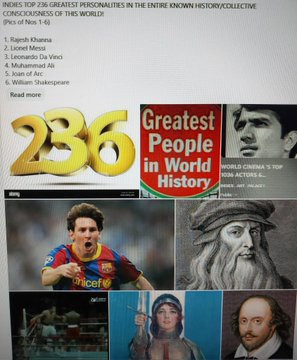
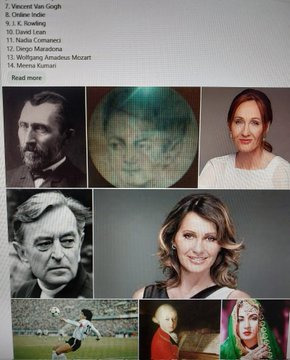
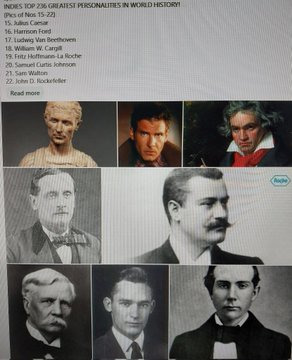
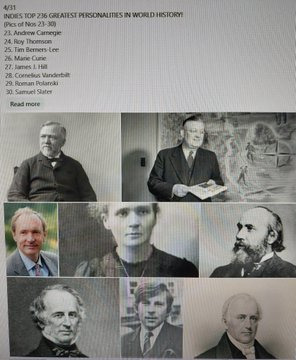
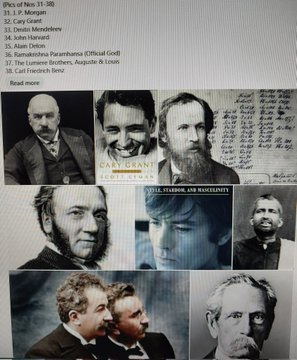

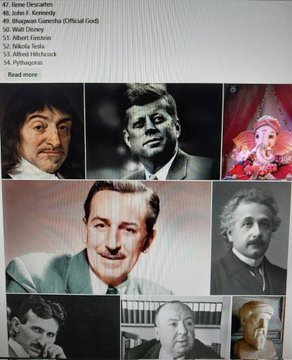
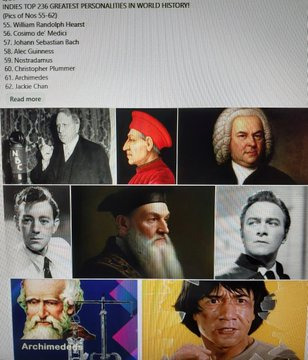
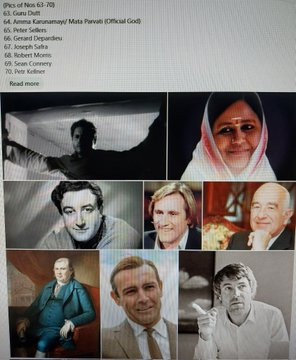
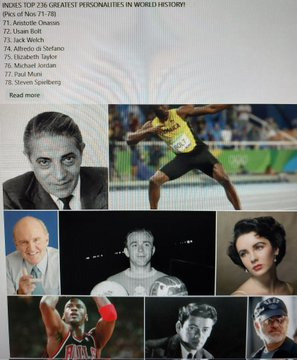
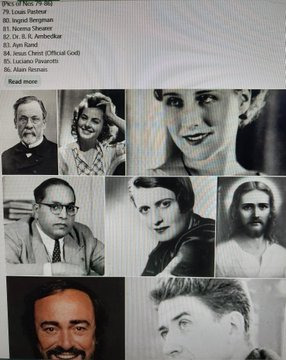
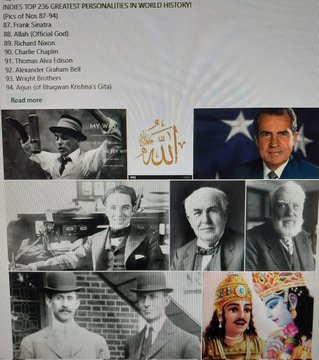
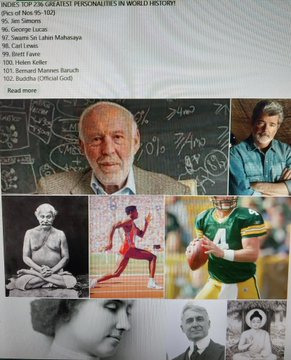
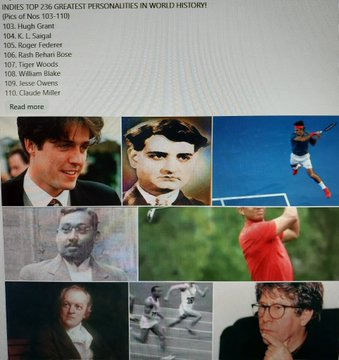
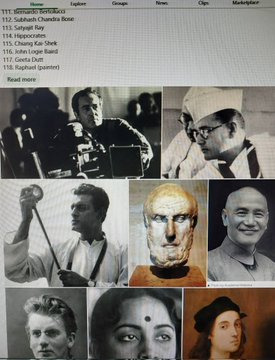
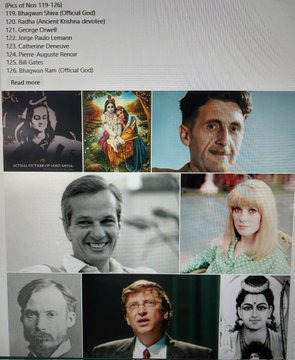
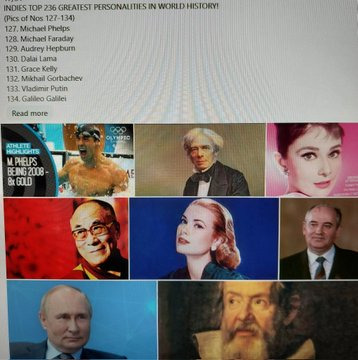
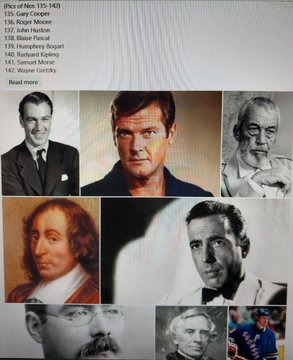
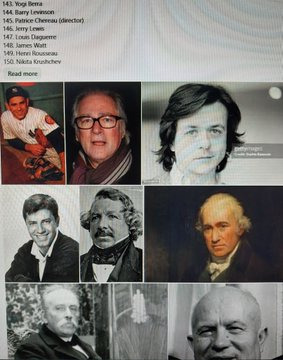
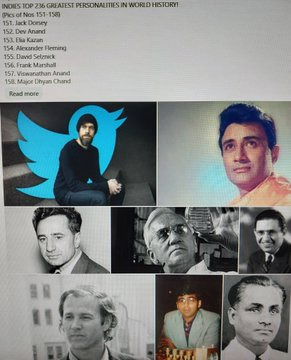
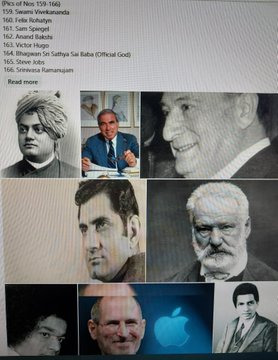
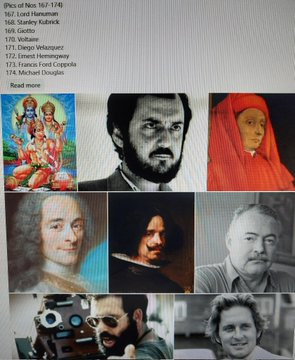
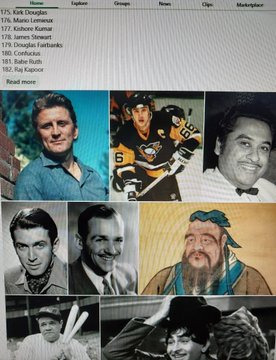
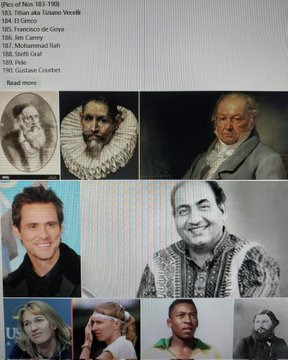
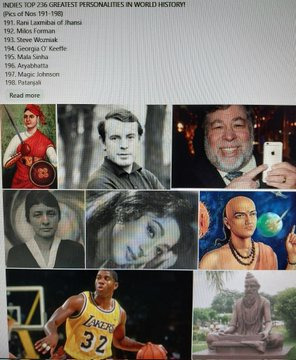
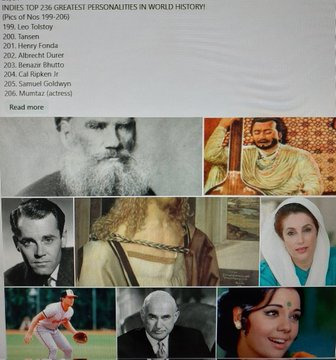
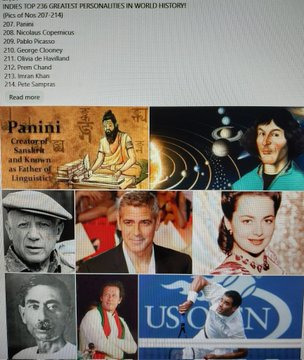
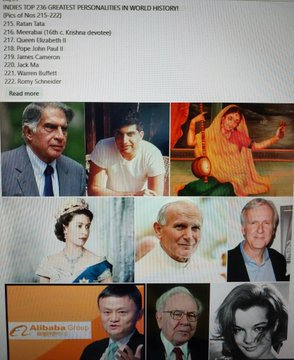
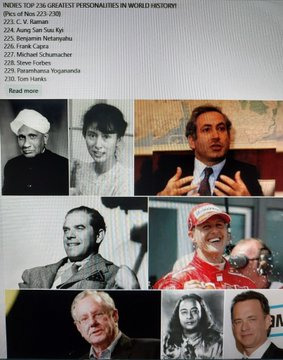
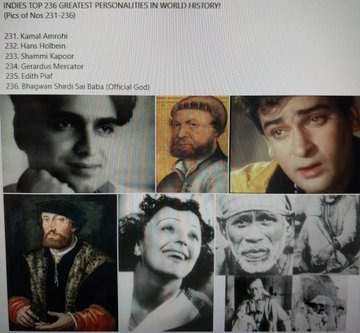
2 notes
·
View notes
Text
THE 236 GREATEST PERSONALITIES IN THE ENTIRE KNOWN HISTORY/COLLECTIVE CONSCIOUSNESS OF THIS WORLD! (@INDIES)
i.e. THE 236 GREATEST PERSONALITIES IN WORLD HISTORY! (@INDIES)
Rajesh Khanna
Lionel Messi
Leonardo Da Vinci
Muhammad Ali
Joan of Arc
William Shakespeare
Vincent Van Gogh
Online Indie
J. K. Rowling
David Lean
Nadia Comaneci
Diego Maradona
Wolfgang Amadeus Mozart
Meena Kumari
Julius Caesar
Harrison Ford
Ludwig Van Beethoven
William W. Cargill
Fritz Hoffmann-La Roche
Samuel Curtis Johnson
Sam Walton
John D. Rockefeller
Andrew Carnegie
Roy Thomson
Tim Berners-Lee
Marie Curie
James J. Hill
Cornelius Vanderbilt
Roman Polanski
Samuel Slater
J. P. Morgan
Cary Grant
Dmitri Mendeleev
John Harvard
Alain Delon
Ramakrishna Paramhansa (Official God)
The Lumiere Brothers, Auguste & Louis
Carl Friedrich Benz
Michelangelo
Maharishi Mahesh Yogi
Ramana Maharishi
Mark Twain
Swami Sri Yukteswar Giri
Bruce Lee
Bhagwan Krishna (Official God)
Charlemagne
Rene Descartes
John F. Kennedy
Bhagwan Ganesha (Official God)
Walt Disney
Albert Einstein
Nikola Tesla
Alfred Hitchcock
Pythagoras
William Randolph Hearst
Cosimo de’ Medici
Johann Sebastian Bach
Alec Guinness
Nostradamus
Christopher Plummer
Archimedes
Jackie Chan
Guru Dutt
Amma Karunamayi/ Mata Parvati (Official God)
Peter Sellers
Gerard Depardieu
Joseph Safra
Robert Morris
Sean Connery
Petr Kellner
Aristotle Onassis
Usain Bolt
Jack Welch
Alfredo di Stefano
Elizabeth Taylor
Michael Jordan
Paul Muni
Steven Spielberg
Louis Pasteur
Ingrid Bergman
Norma Shearer
Dr. B. R. Ambedkar
Ayn Rand
Jesus Christ (Official God)
Luciano Pavarotti
Alain Resnais
Frank Sinatra
Allah (Official God)
Richard Nixon
Charlie Chaplin
Thomas Alva Edison
Alexander Graham Bell
Wright Brothers
Arjun (of Bhagwan Krishna’s Gita)
Jim Simons
George Lucas
Swami Sri Lahiri Mahasaya
Carl Lewis
Brett Favre
Helen Keller
Bernard Mannes Baruch
Buddha (Official God)
Hugh Grant
K. L. Saigal
Roger Federer
Rash Behari Bose
Tiger Woods
William Blake
Jesse Owens
Claude Miller
Bernardo Bertolucci
Subhash Chandra Bose
Satyajit Ray
Hippocrates
Chiang Kai-Shek
John Logie Baird
Geeta Dutt
Raphael (painter)
Bhagwan Shiva (Official God)
Radha (Ancient Krishna devotee)
George Orwell
Jorge Paulo Lemann
Catherine Deneuve
Pierre-Auguste Renoir
Bill Gates
Bhagwan Ram (Official God)
Michael Phelps
Michael Faraday
Audrey Hepburn
Dalai Lama
Grace Kelly
Mikhail Gorbachev
Vladimir Putin
Galileo Galilei
Gary Cooper
Roger Moore
John Huston
Blaise Pascal
Humphrey Bogart
Rudyard Kipling
Samuel Morse
Wayne Gretzky
Yogi Berra
Barry Levinson
Patrice Chereau (director)
Jerry Lewis
Louis Daguerre
James Watt
Henri Rousseau
Nikita Krushchev
Jack Dorsey
Dev Anand
Elia Kazan
Alexander Fleming
David Selznick
Frank Marshall
Viswanathan Anand
Major Dhyan Chand
Swami Vivekananda
Felix Rohatyn
Sam Spiegel
Anand Bakshi
Victor Hugo
Bhagwan Sri Sathya Sai Baba (Official God)
Steve Jobs
Srinivasa Ramanujam
Lord Hanuman
Stanley Kubrick
Giotto
Voltaire
Diego Velazquez
Ernest Hemingway
Francis Ford Coppola
Michael Douglas
Kirk Douglas
Mario Lemieux
Kishore Kumar
James Stewart
Douglas Fairbanks
Confucius
Babe Ruth
Raj Kapoor
Titian aka Tiziano Vecelli
El Greco
Francisco de Goya
Jim Carrey
Mohammad Rafi
Steffi Graf
Pele
Gustave Courbet
Rani Laxmibai of Jhansi
Milos Forman
Steve Wozniak
Georgia O’ Keeffe
Mala Sinha
Aryabhatta
Magic Johnson
Patanjali
Leo Tolstoy
Tansen
Henry Fonda
Albrecht Durer
Benazir Bhutto
Cal Ripken Jr
Samuel Goldwyn
Mumtaz (actress)
Panini
Nicolaus Copernicus
Pablo Picasso
George Clooney
Olivia de Havilland
Prem Chand
Imran Khan
Pete Sampras
Ratan Tata
Meerabai (16th c. Krishna devotee)
Queen Elizabeth II
Pope John Paul II
James Cameron
Jack Ma
Warren Buffett
Romy Schneider
C. V. Raman
Aung San Suu Kyi
Benjamin Netanyahu
Frank Capra
Michael Schumacher
Steve Forbes
Paramhansa Yogananda
Tom Hanks
Kamal Amrohi
Hans Holbein
Shammi Kapoor
Gerardus Mercator
Edith Piaf
Bhagwan Shirdi Sai Baba (Official God)
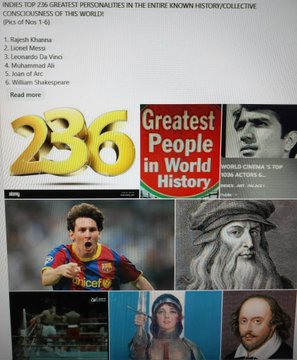


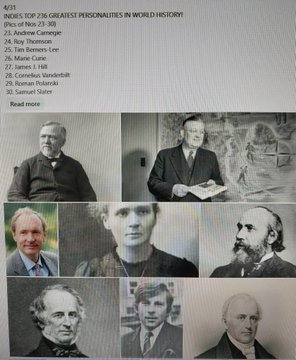
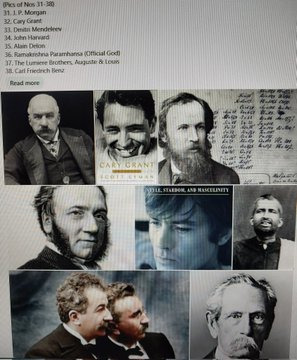
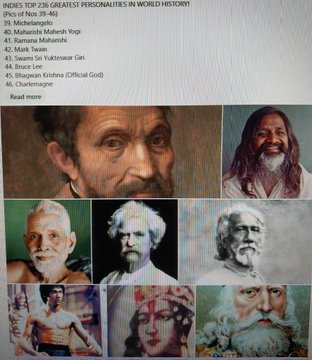
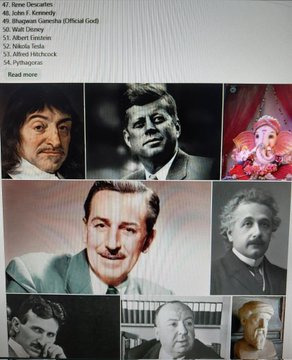
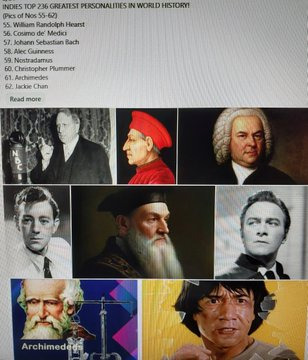
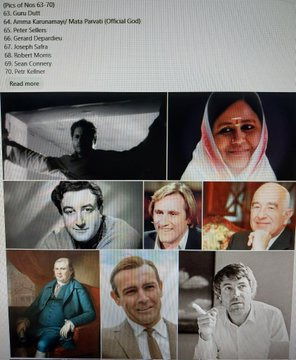
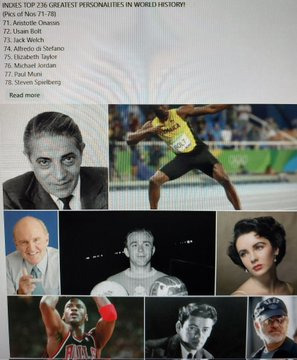
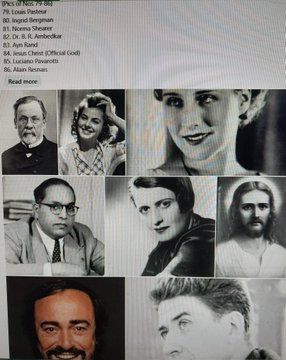
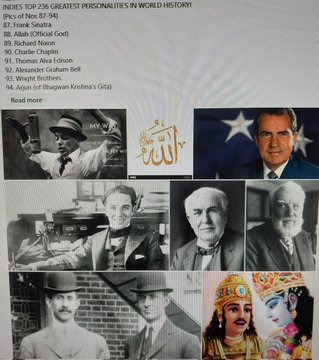
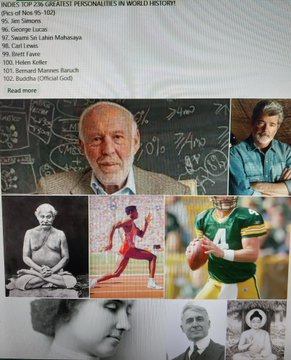
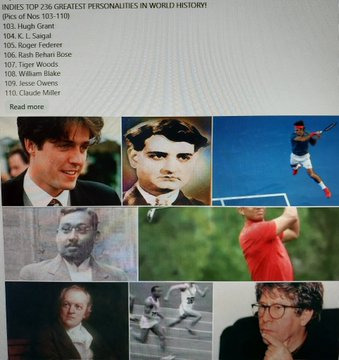
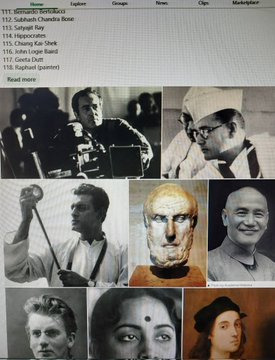
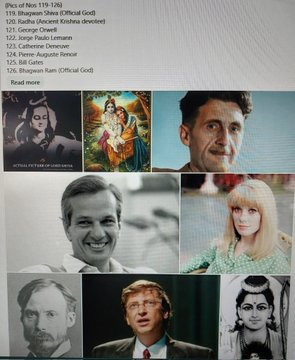
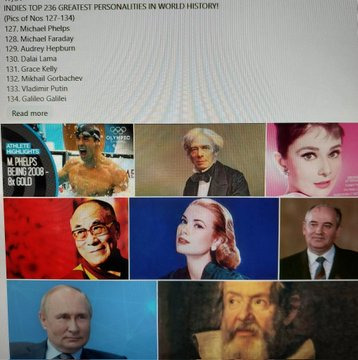
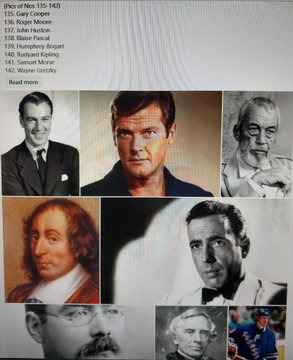
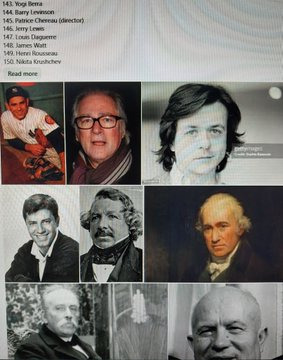
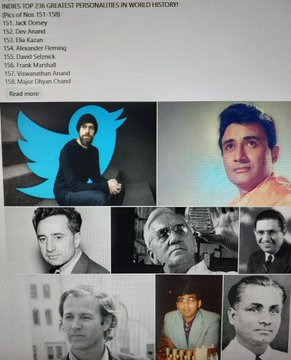
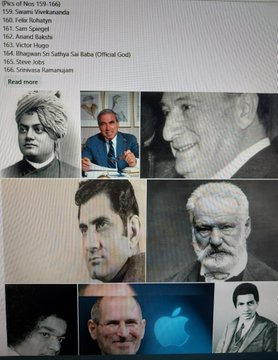
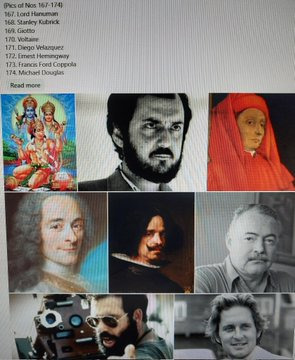
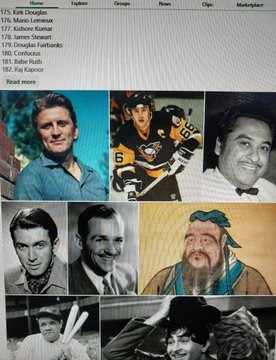
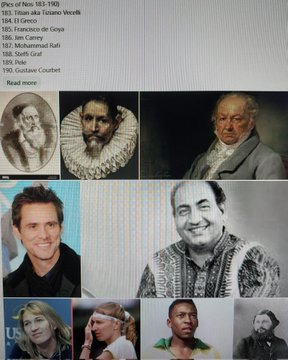
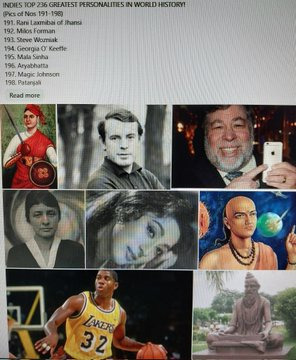
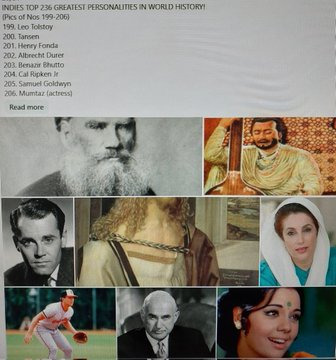

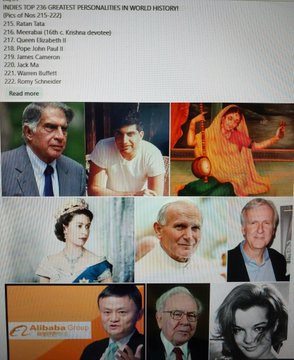
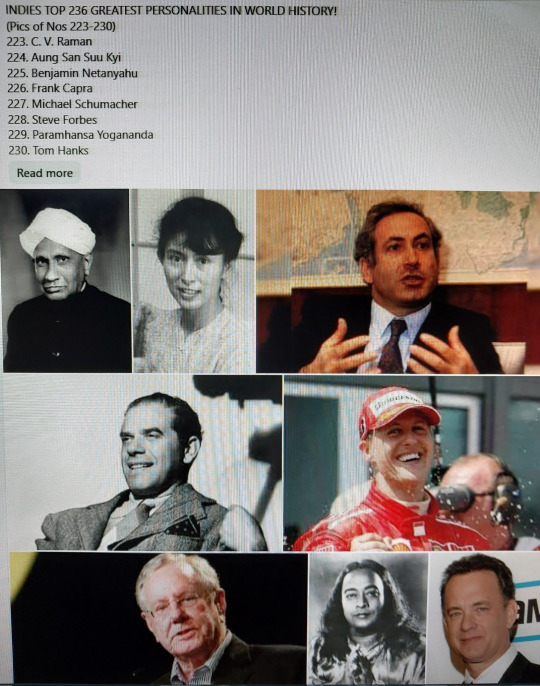
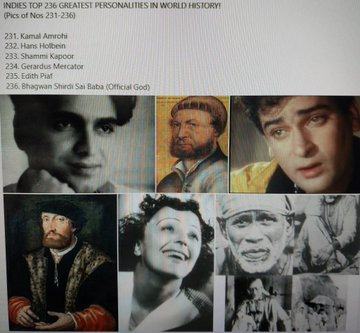
4 notes
·
View notes
Text

Steven Shearer at David Zwirner
1 note
·
View note
Text
My Rant against SNL: Part 2
Seasons 7-10 seem like some of the best years SNL had. Their cast was great. Eddie Murphy, Joe Piscopo, Christine Ebersole (who has a beautiful singing voice and starred as White Diamond in Steven Universe), Tim Kazurinsky, Billy Crystal and Martin Short (who seems very funny, from what I've seen of him). I've seen a best of Eddie Murphy compilation, and it made me realize just how funny he's always been. I also saw one episode of season 10, and I loved it. Harry Shearer, Martin Short, Billy Crystal, etc. It was truly an all star cast. Makes me all the more angry when Lorne Michaels comes back and fires them.
Once Lorne comes back, It seems like he at least stayed semi-okay in the beginning. Sure, Terry Sweeney and Danitra Vance seem to have only played stereotypes, but at least some of the others were fun. I've liked Jon Lovitz in some other stuff, and Randy Quaid is funny sometimes (I like him in those vacation films).
Seasons 12-15 or so seem okay too. At least they seem to be one of the most sober casts. I don't think any of them did drugs, but it's hard for me to say definitively. But at least they sound more sober, and that's good for me. Phil Hartman, Jon Lovitz, Jan Hooks, Mike Myers, etc. They all at least seem entertaining. I like Jon Lovitz and Phil Hartman from their roles on The Simpsons, and Mike Myers was in Shrek (and I liked most of those). Not much to say since I haven't seen these seasons, but they sound okay.
The 1990s sound like a return to the drug added mess of the 70s, however. And that's not a good thing. I read a whole New Yorker magazine article on it once, and it's really tainted my view of the era. Comedians like Adam Sandler, Chris Farley, and the others can be funny, but in moderation. Also, I hate Rob Schneider. Stupid vaccine denialist. Shows you just how lax Lorne Michaels was when it came to hiring people. There was still some good from this era (as said, their performers could be good in moderation), but it seems like a return to the hit or miss days of the 1970s.
I'm going to save my views on Mid to Late 90s SNL for Part Two, however. This is mostly so that I can cut Part One off before it stretches into the long and unreadable territory that I fear we're fast approaching.
Part 2: SNL of the 2000s I've not seen much of SNL in the Late 90s. But it seems like their cast was at least okay. Will Ferrell has had a bunch of funny films, and Molly Shannon is good in her guest role on Bob's Burgers. I don't have too much experience with a lot of the other cast members, however. Still, they seem okay. My Dad liked Norm Macdonald, but I don't have much of an opinion on him. Point is, at least a good chunk of the people here went on to do bigger and better things later in life.
I can't speak much about the 2000s as I know so little about them when it comes to SNL. Still, at least some cast members from back then seem funny. Not all of them, but some of them.
Now, let's talk about the 2010s. Let's discuss the cast members, and how some of them were funny and some just don't seem super entertaining. Kenan Thompson has always seemed pretty funny, and Bill Hader has done some decent stuff outside of SNL (like his guest part in Bob's Burgers, for one example). Jason Sudeikis is good in some things, although I never watched Ted Lasso or nothing.
2 notes
·
View notes

